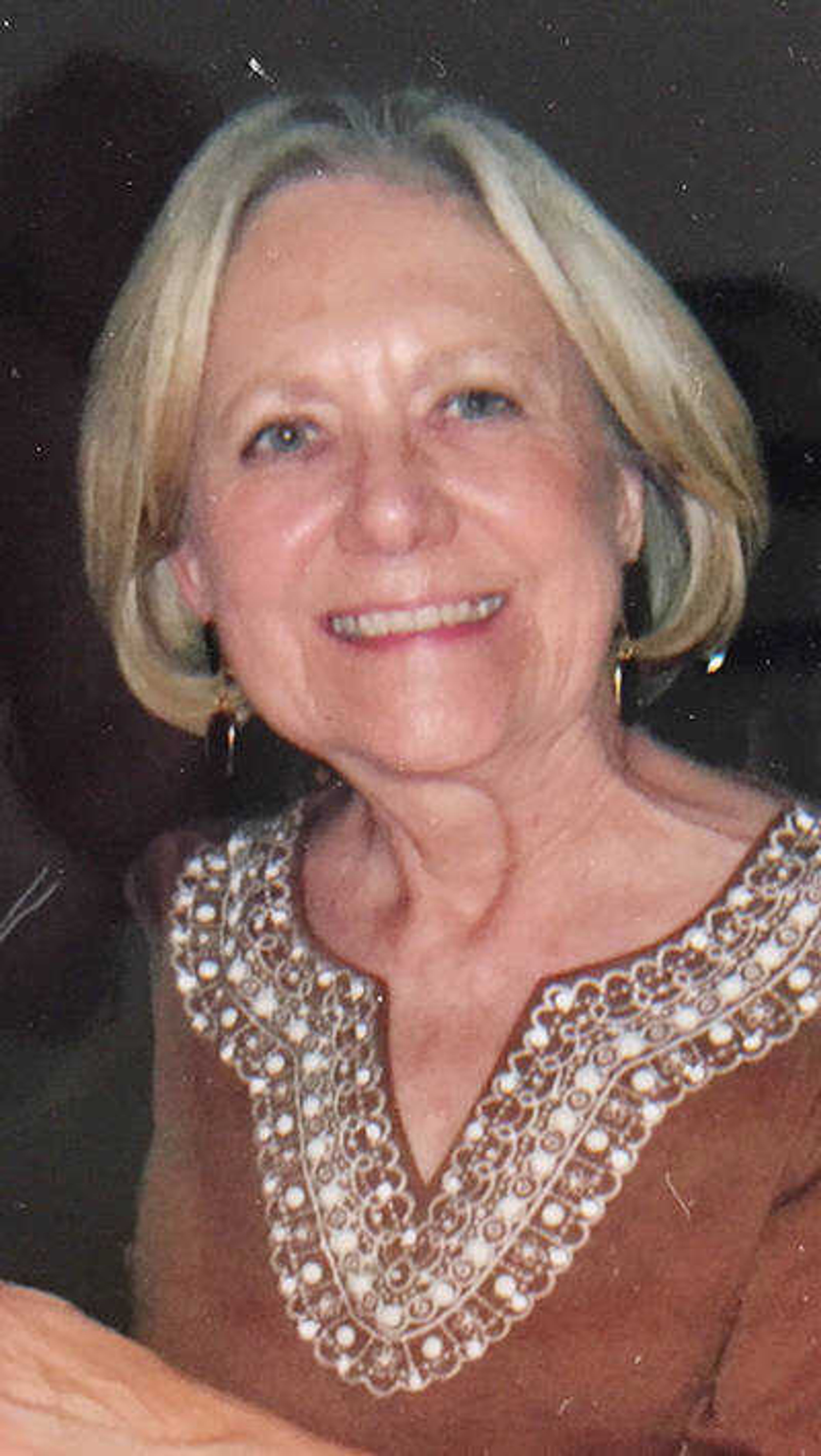Moses Austin didn't mind the distance from the hills of Virginia to the hills of the Missouri Territory to scope out his future. He had heard "the richest lead deposits in the world could be found there."

He read evidence in Chavalier de Luzier's writings of 1796, "There is a great quantity of iron, lead, copper ore ... lead ore in particular is so very abundant -- a days journey from Ste. Genevieve." ("Moses Austin: His Life" BY David Gracy) With former experience in mining and establishment of a pewter button factory, Moses was encouraged.
Traversing slight trails and thick forests with a servant, horse and pack mule, Moses arrived at St. Louis with little food for himself and horses.
Through Spanish authorities, he received a huge land grant at Breton Creek and mines named for French soldier and hunter, Francois Breton, discoverer of the extensive mines. Austin was elated when he saw the massive blocks of 10- to 500-pound lead, "It is better quality of anything I have seen in England or America."
He received a league square of land (4,428 acres) upon which he settled with wife, Maria, and children, Maria, Stephen and Emily, arriving by flatboat in 1798.
From Austin's mineral wealth, they built a large comfortable home called Durham Hall, including a palisades for protection against the Osage Indians. Stated in Louis Houck's "History of Missouri," Austin soon built improved smelting furnaces, in which he produced the first sheet lead and cannon balls, as well as a saw mill, grist mill and shot factory in 1800.
More and more settlers moved into the Southeast Missouri area. From 1798 to 1803, the miners raised ore amounting to 366,600 pounds of lead.
Austin was appointed in 1804 by Gov. William Harrison as one of the five justices on the first Court of Common Pleas and Quarter Sessions for Ste. Genevieve District.
On the old Mine a Breton site, Austin established Potosi in 1811 by donating 40 acres for Washington County's seat of government.
All went well for Austin until after the War of 1812, when the bottom fell out of the lead market.
Faced with financial ruin and bankruptcy, our restless frontiersman took to his saddle once again, bound for Texas with a dream of new success. In San Antonio he secured permission from the Spanish to bring Catholic Missouri families to establish a new colony.
On the trek back to Missouri in January, Austin became sick with pneumonia, of which he never recovered. He died in June 1821 in Potosi and was buried in what is now the Presbyterian Cemetery on West Breton Street.
His son Stephen continued his father's dream to settle families in Texas. As a young man of 20, he had been a delegate from 1814-1820 to the Missouri Territorial legislature. Now at 27, Stephen made arrangements to become the leader of a new settlement, which became Austin, the capital. The Texas colonists chose him commander of the Revolution of 1835, after which he became known as the "Father of Texas."
Connect with the Southeast Missourian Newsroom:
For corrections to this story or other insights for the editor, click here. To submit a letter to the editor, click here. To learn about the Southeast Missourian’s AI Policy, click here.










